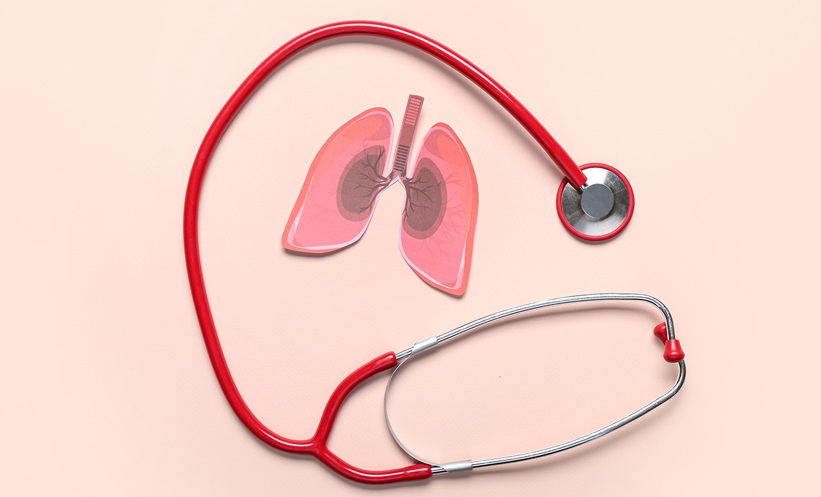PIONEERING use of 3D printing technology has enabled the development of simple, non-intrusive, and cost-effective spirometry for the diagnosis of respiratory conditions.
The ‘sneezometer’ provides a diagnostic solution to the high cost, inconvenience, and lack of sensitivity which are characteristic of current spirometer tests. Spirometry can be a great tool for the diagnosis of both chronic and acute respiratory conditions, including asthma and hypopnoea. However, the technology has, until now, been unable to keep up with the prevalence of these disorders. In the UK, 1 in 12 people are treated for asthma; globally, air pollution is one of the top 10 health risks, and The World Health Organization attributes 7 million premature deaths per year to air pollution, furthering the need for a diagnostic tool with the sensitivity appropriate for neonatal diagnosis.
“We have created a portable, highly sensitive, and accurate spirometer that can catch the speed of a sneeze. What is almost as impressive is that we created this innovative device using simple 3D printing technology, with all of the prototypes ‘printed’ around the internal electronics,” said Dr Paul Nathan, Experimental Officer, Department of Mechanical Engineering Sciences, University of Surrey, Surrey, UK. The portable sneezometer can detect miniscule fluctuations in each breath’s flow rate, which may be symptomatic of respiratory disease. Currently being trialled at Kings College Hospital, London, UK, the device is expected to be of diagnostic value to a range of conditions, the full extent of which remains unclear. The technology has thus provided a new platform for researchers, who continue to explore the diagnostic capabilities of the unprecedented device.
There is plenty of interest from both research and clinical perspectives and it is expected that the sneezometer will be in clinical use as soon as 2018. The process of developing the sneezometer exemplifies resourceful innovation and champions simplicity and accessibility. “From our expertise in wind-tunnel measurement we have translated fundamental research into an incredibly beneficial technology that will have real impact on the lives of patients with chronic illnesses and will make diagnosis faster, cheaper, and more accurate,” explained Dr David Birch, Senior Lecturer in Aerospace Engineering, University of Surrey, Surrey, UK.
Kerys Martin
(Image: freeimages.com)







